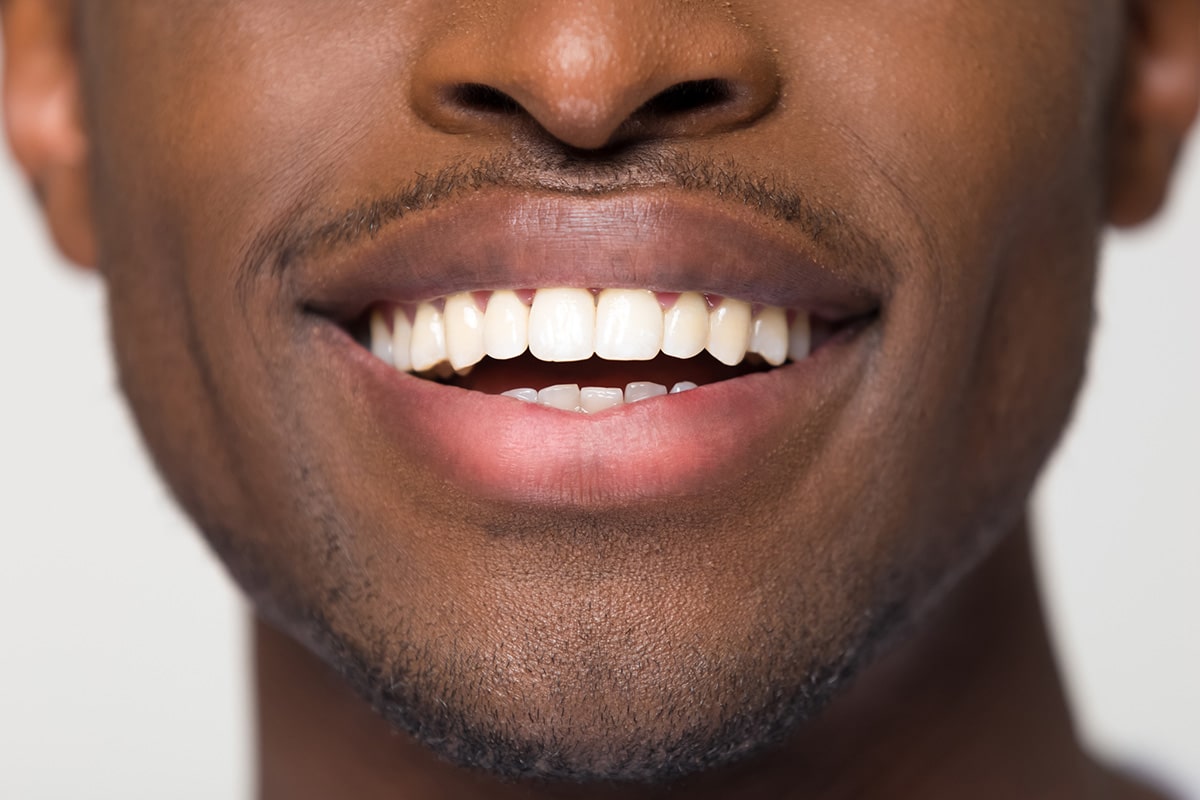Hello there, adventurers of the dental world! I'm Dr. Koppelman, your friendly neighborhood dentist, here to guide you on an exciting journey through time and space. My mission? To discover what anthropology, the study of humankind, can tell us about our own dental health. Strap in, everyone—it's going to be a tooth-tacular ride!
Anthropology is like a time machine, allowing us to peek into our ancestors' lives (and mouths!) to understand our dental past. When we compare our chompers to those of our forebears, some intriguing differences arise. Early humans had stronger, larger teeth and jaws because their diet was more demanding, full of rough foods like roots, nuts, and raw meat.
Time travel a little further, and with the advent of agriculture, our diets changed significantly—we started consuming softer, more processed foods. This shift impacted our dental health dramatically over centuries. Our teeth became smaller, our jaws more delicate, and tooth decay began knocking on our doors.
So, what does this mean for us? Well, our understanding of ancestral dental health helps us realize the importance of diet in maintaining our oral health. It might be time to rethink that midnight snack, folks!
Remember, understanding your dental past is the key to a healthy dental future. So, next time you look at your teeth in the mirror, remember, they're not just for smiling, they're a window into your past. Until our next dental adventure, keep those pearly whites shining!
Now let's dive a bit deeper into the details of our teeth. Our mouths are home to two major types of teeth: molars and incisors. Molars, found at the back of our mouths, are large and rigid, designed to grind and crush food. Incisors, on the other hand, are the sharp, flat teeth at the front of our mouth, used primarily for biting and cutting.
Anthropological studies show that our ancestors' incisors and molars had different roles than they do today due to changes in diet and lifestyle. Early humans, who frequently consumed raw and hard foods, had robust and large molars for heavy-duty grinding. Their incisors, in turn, were used for tearing apart raw meat and other tough-to-chew foods.
However, as humans transitioned to an agricultural lifestyle, our diet became softer and more processed. This less-demanding diet led to a decrease in the size and strength of our molars and incisors, which is reflected in the smaller, more delicate teeth we have today.
Furthermore, anthropologists have discovered that the wear patterns on molars and incisors can provide fascinating insights into an individual's diet and lifestyle, helping us understand our past in even more detail. So, remember, each type of tooth in your mouth tells a unique story of human evolution—it's like a mini-museum right under your nose!

